Though I haven't written about the legacy of colonialism in Southeast Asia, it is an inescapable issue throughout most of the region. With the exception of Thailand, not a single country in Southeast Asia escaped European or American colonial control in the past 500 years. In early May, we spent a week in Hong Kong. Because Hong Kong got rid of its British colonizers only eight years ago and because unlike other place, Hong Kong did not assume complete autonomy, rather it went back to being a part of the Chinese mainland, the post-colonial narrative is bound to be different than any other Asian country.
Hong Kong is made up of many islands and a peninsula containing Kowloon and the New Territories--all off the southeast edge of mainland China. It is a thoroughly modern and global city, a center of trade and finance for the entire region. Hong Kong city is located on the north shore of Hong Kong island and because there are steep mountains in the middle of the island, there is little land for building. Thus, the city is one of the most vertical in the world. Residential towers--cement and glass buildings, most very plain, bordering on ugly--occupy the land abutting the hills while the commercial buildings--sometimes architecturally interesting--tend to be closer to the water.
In the past sixty years, because of the growth upward, there isn't a lot of traditional Chinese or even 19th century colonial British buildings left. The Man Mo Temple, built in 1848 is one of the oldest temples in Hong Kong. It's located on Hollywood Road in the neighborhood of Sheung Wan. (The names of neighborhoods, streets, and even buildings tell you a lot about Hong Kong. The next major thoroughfare down from Hollywood Road is Queens Road--both distinctly colonial English names, of course.)
In the past sixty years, because of the growth upward, there isn't a lot of traditional Chinese or even 19th century colonial British buildings left. The Man Mo Temple, built in 1848 is one of the oldest temples in Hong Kong. It's located on Hollywood Road in the neighborhood of Sheung Wan. (The names of neighborhoods, streets, and even buildings tell you a lot about Hong Kong. The next major thoroughfare down from Hollywood Road is Queens Road--both distinctly colonial English names, of course.)
Inside the temple, the devoted burn incense coils hanging from the ceiling. The temple is named for and houses statues of the two primary gods worshiped there: Man Tai or Man Cheong, the god of literature (dressed in green in the picture below), and Mo Tai or Kwan Tai, the god of war or martial valor (dressed in red).
Though the neighborhood of Sheung Wan is known for its concentration of stores selling products for traditional Chinese food and medicinal tonics, dried goods from roots to fish to lizards, I confess, working in Chinatown in New York City, the scene didn't really capture my attention. Thus I have no pictures. Ho hum. I see this everyday in New York City.
The path from small southern Qing dynasty port town to modern global post-colonial British was long and winding. In the Hong Kong Museum of History, the exhibits focusing on the colonial era begin with the following placard:
The British arrived to China in the nineteenth century. They sought silk, porcelain, and tea in China and to keep trade balanced they sold the Chinese opium procured from their colony in India. When the Chinese cut off British imports of opium (in a move reminiscent of Indonesia's recent executions of seven foreigners and one Indonesian accused of drug crimes), the Brits fought back by invading Hong Kong. In 1842, the Treaty of Nanking was signed handing over control of Hong Kong to the United Kingdom.
Subsequent treaties with China later in the ninteenth century leased the Kowloon peninsula and the New Territories from China until 1997. Fast forward a few decades and in 1985, the Prime Ministers Margaret Thatcher of the United Kingdom and Zhao Ziyang of the People's Republic of China agreed to the terms of the handover of Hong Kong back to the People's Republic of China.
On the July 1, 1997, the People's Republic of China assumed control of Hong Kong under the Hong Kong Basic Law, also referred to as "one nation, two systems." In effect, capitalism remains intact in Hong Kong and a number of freedoms and rights are also protected for Hong Kong residents under the Basic Law.
Though Hong Kong citizens elect its own Chief Executive and a representative to the Chinese National People's Congress, the central government in Beijing must approve of the candidates. Last summer pro-democracy protesters made the news around the world by demanding full suffrage for Hong Kong voters in their choice of candidates. The legacy of the British colonial system mix with the current tenuous situation with the People's Republic of China create a complex political and economic reality for Hong Kong's 7.2 million residents.
Though Hong Kong citizens elect its own Chief Executive and a representative to the Chinese National People's Congress, the central government in Beijing must approve of the candidates. Last summer pro-democracy protesters made the news around the world by demanding full suffrage for Hong Kong voters in their choice of candidates. The legacy of the British colonial system mix with the current tenuous situation with the People's Republic of China create a complex political and economic reality for Hong Kong's 7.2 million residents.
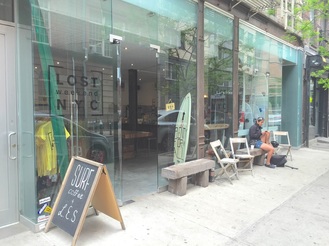 Lower Orchard Street (photo: Neil Cyphert)
Lower Orchard Street (photo: Neil Cyphert) Of course, as a tourist I didn't witness much of this complex reality. But being in Hong Kong as an American who had been in the Philippines for three months, I found myself taking advantage of the Western consumer comforts that I either had little access to in Dumaguete or simply denied myself because they weren't part of the Filipino experience. Though I resisted the Starbucks coffee in the lobby of our Hong Kong hotel--it was well over $3 for a tall!--I enjoyed a really good burger and fries at a British-style pub.
Restaurants and cafes in the Sheung Wan and Central neighborhoods of Hong Kong were filled in the middle of the afternoon with Europeans and Americans of leisure--and they weren't all tourists on holiday. They were some of the many westerners on their down time from working in the still-thriving business community of Hong Kong. A Wall Street Journal blog detailed the rise of such establishments in a 2012 article called "Where Hong Kong's Hipsters Hang Out." Though, as one commenter to the blog noted, these people aren't hipsters, they're "pretentious types / dumb bankers."
The more I looked, the more Sheung Wan reminded me of the gentrification of the Lower East Side that's creeping into Chinatown. For example, this picture was not taken in Hong Kong, but it could have been. What once was a Chinese print shop is now a hipster coffee joint.
Restaurants and cafes in the Sheung Wan and Central neighborhoods of Hong Kong were filled in the middle of the afternoon with Europeans and Americans of leisure--and they weren't all tourists on holiday. They were some of the many westerners on their down time from working in the still-thriving business community of Hong Kong. A Wall Street Journal blog detailed the rise of such establishments in a 2012 article called "Where Hong Kong's Hipsters Hang Out." Though, as one commenter to the blog noted, these people aren't hipsters, they're "pretentious types / dumb bankers."
The more I looked, the more Sheung Wan reminded me of the gentrification of the Lower East Side that's creeping into Chinatown. For example, this picture was not taken in Hong Kong, but it could have been. What once was a Chinese print shop is now a hipster coffee joint.
I ended up thinking a lot about colonialism and its legacies in Hong Kong. But more so, Hong Kong made me wonder if gentrification isn't just another form of colonialism. (It's not lost on me, also, that in places like Southeast Asia, modern tourism--an invasion of white people with money and their corporate chains like Starbucks and Dairy Queen following in their wake--could be viewed as a form of colonialism.) I'm sure I'm not the first to make these connections, but why is gentrification and its earlier forms of colonialism--the Spanish in the Philippines, the British in Hong Kong--so inevitable? What about colonialism's mix of capitalism and white cultural hegemony makes it so inevitable?
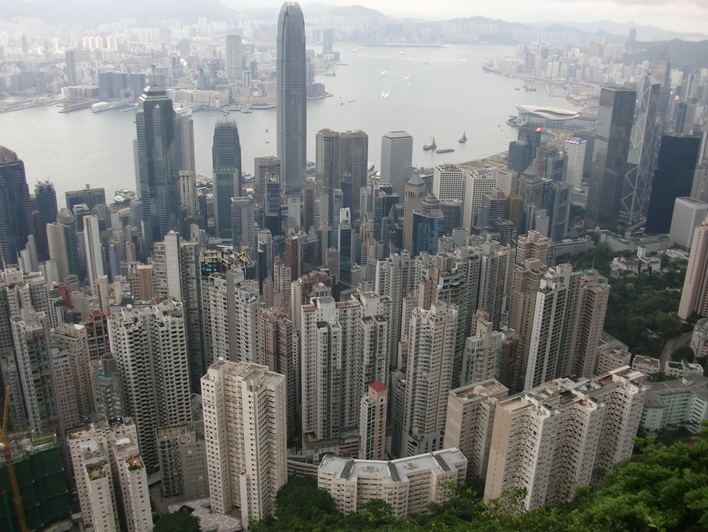
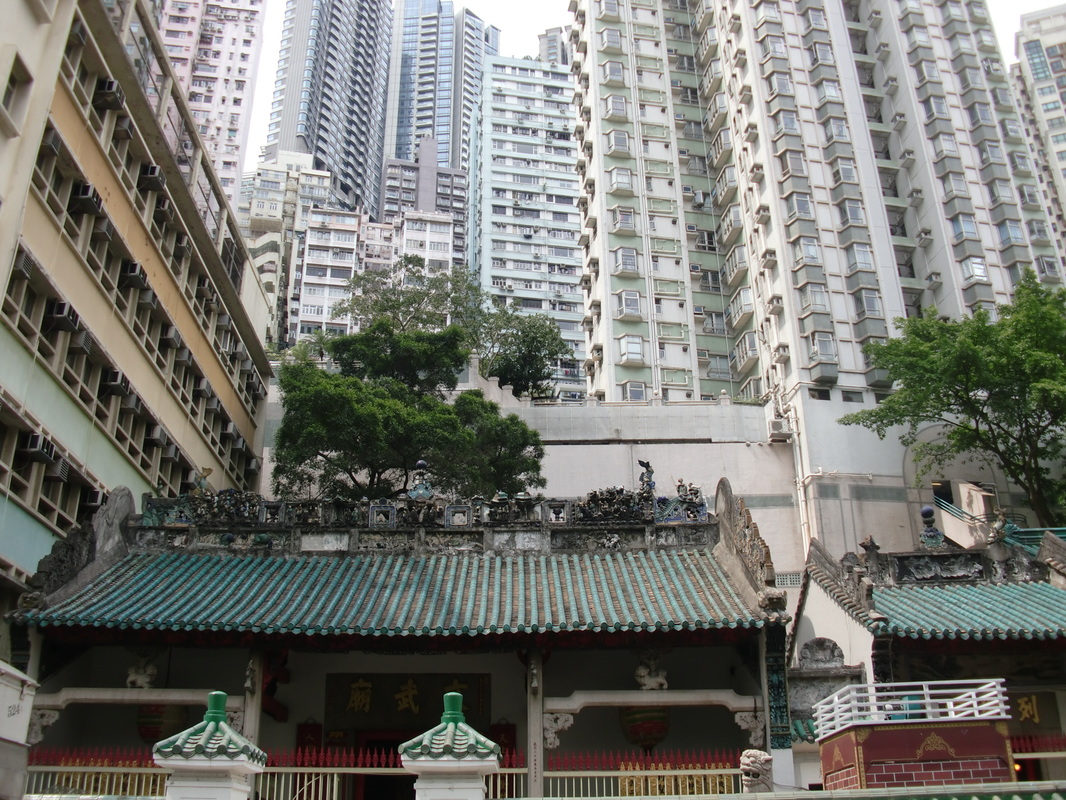
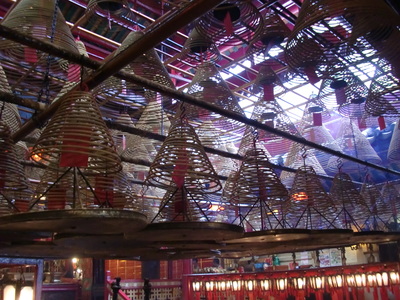
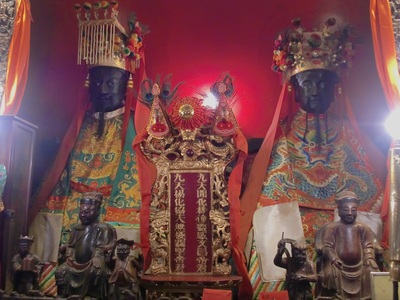
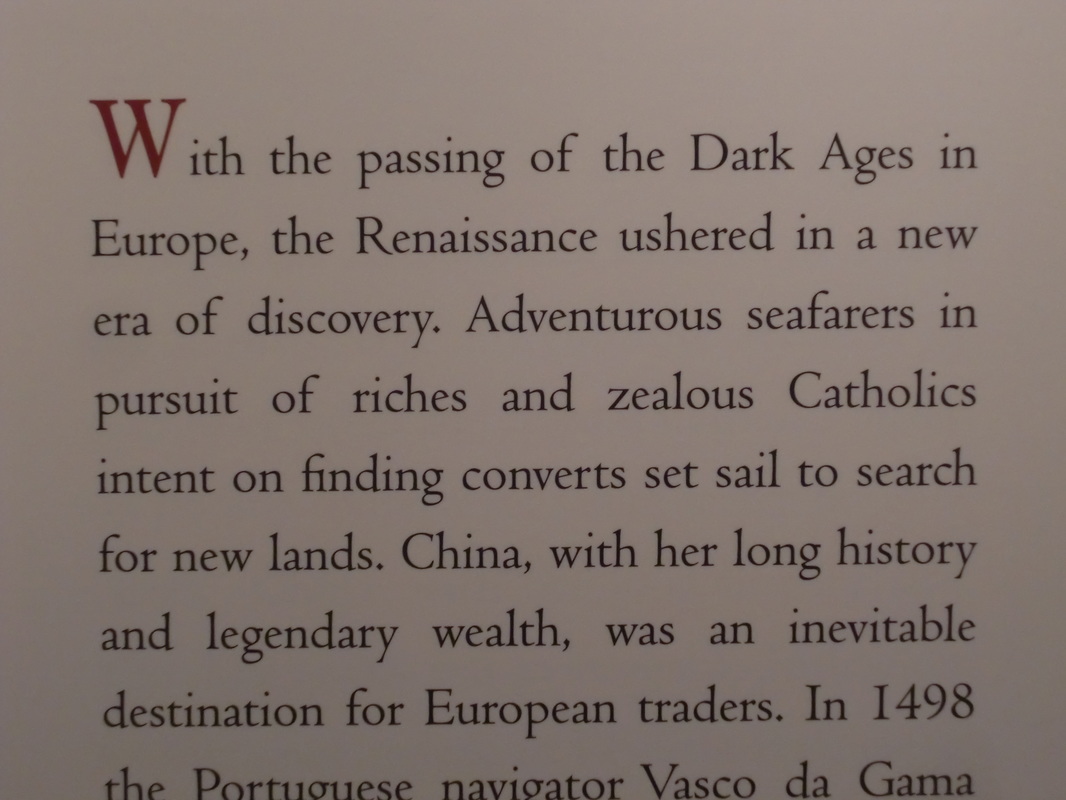
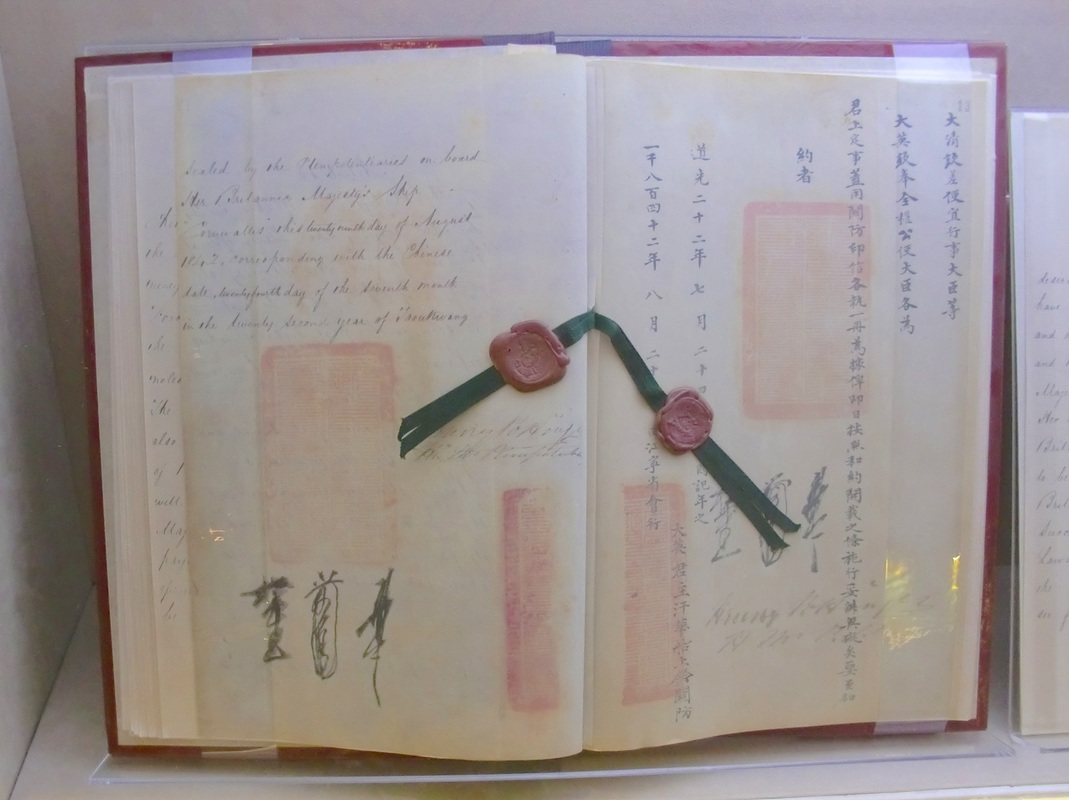
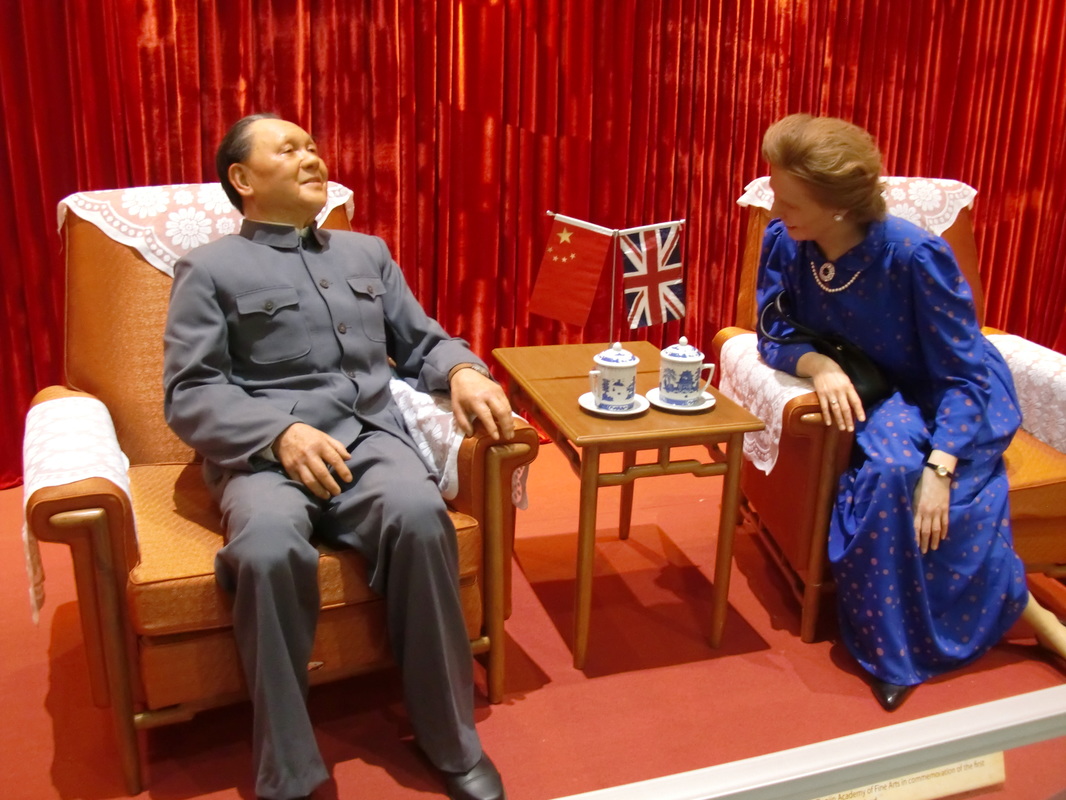
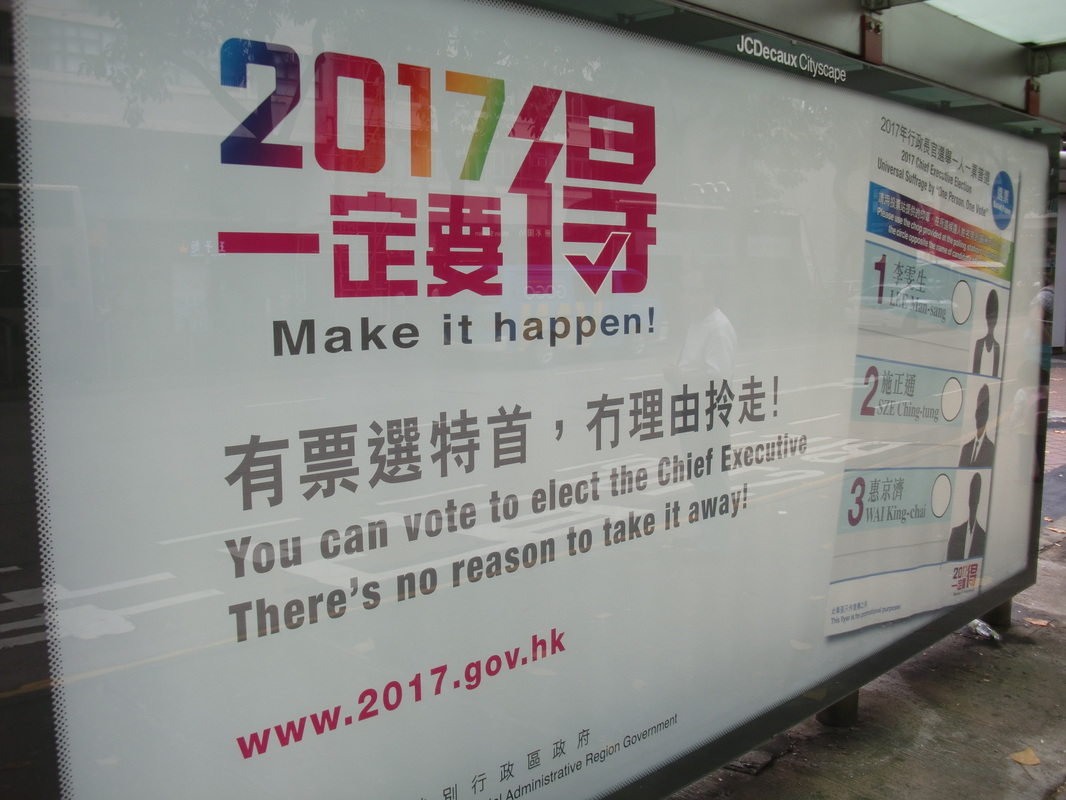

 RSS Feed
RSS Feed